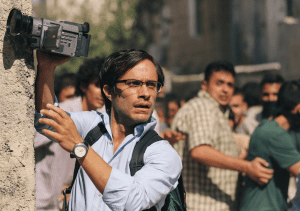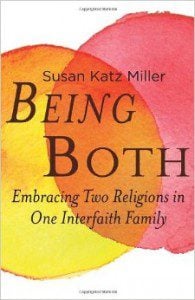 |
|
Jose Saramago’s ‘Blindness
|
An epidemic of blindness. That’s the central allegory of Nobel Laureate Jose Saramago’s novel “Blindness”. The victims do not experience blank dark, but a mysterious white incandescence that first afflicts a man stopped at a traffic light. From there, the white blindness spreads to hundreds of people whom the authorities immediately quarantine in an abandoned psychiatric hospital – all the inmates sightless, except inexplicably one woman, the wife of the ophthalmologist. She is the main character of a narrative that pursues a group of seven struggling to emotionally and theologically manage a blight with no known etiology. Desperation spreads among the swarm of blind internees crammed in a dilapidated structure. Decorum fails and tyrants appear, a few men who competently learn how to control a vital resource (bins of food) and then exploit those who need it, some for their jewelry and some for their bodies.
Eventually, the quarantine collapses and the internees escape, since the guards with guns also go blind, along with the whole town (with the abiding exception of that woman, who keeps her secret within the group). For all that we know, the whole world has lost its eyes. But it’s an unexplored question, for Saramago masterfully dissuades external curiosity. Instead, you’re pulled into carefully drawn characters whose names are never told, but are identifiable by either their profession, age, or quirk.
The group ventures out into the city, blind eyes everywhere, an urban hive of distressed, filthy, and hungry people feeling their way around, stumbling into corpses and waste of putrid proportions, people searching for food and lodging wherever they may find it. Ownership and currency mean nothing. It’s about survival, with food as the main objective of life.
There are many layers to the story, all tethered to a single commentary, namely, a thinly covered despondency of our day ready to show itself, but now temporarily restrained by a fundamental pointlessness that’s vaguely agreed upon. One aspect that consistently juts out of the narrative, however, is the woman with eyes that work. She is the savior of her group, the guide, the person without whom doom would be inevitable. She is the Seer, as far as the blind are concerned. It has to be this way: people created with sensory functions recognizing the need for guidance from one who sees more. What would this lady’s sight mean to these people had they no conception of sight? What possible value would they attach to her? But they knew something about sight, so she was their guide by default. It was an unsaid agreement that such a person should lead and be obeyed. Perhaps that’s part of the allegory, of God, the All-Seeing, guiding people to what they cannot see but what can be trusted, since “sight” is known, even when lost. Or it is of prophecy, elect mortals experiencing insight delivered from above, walking people through the City.
Ibrahim N. Abusharif is the Editor-in-Chief of Starlatch Press. He may be reached at [email protected] You may visit his blog at fromclay.blogspot.com.











